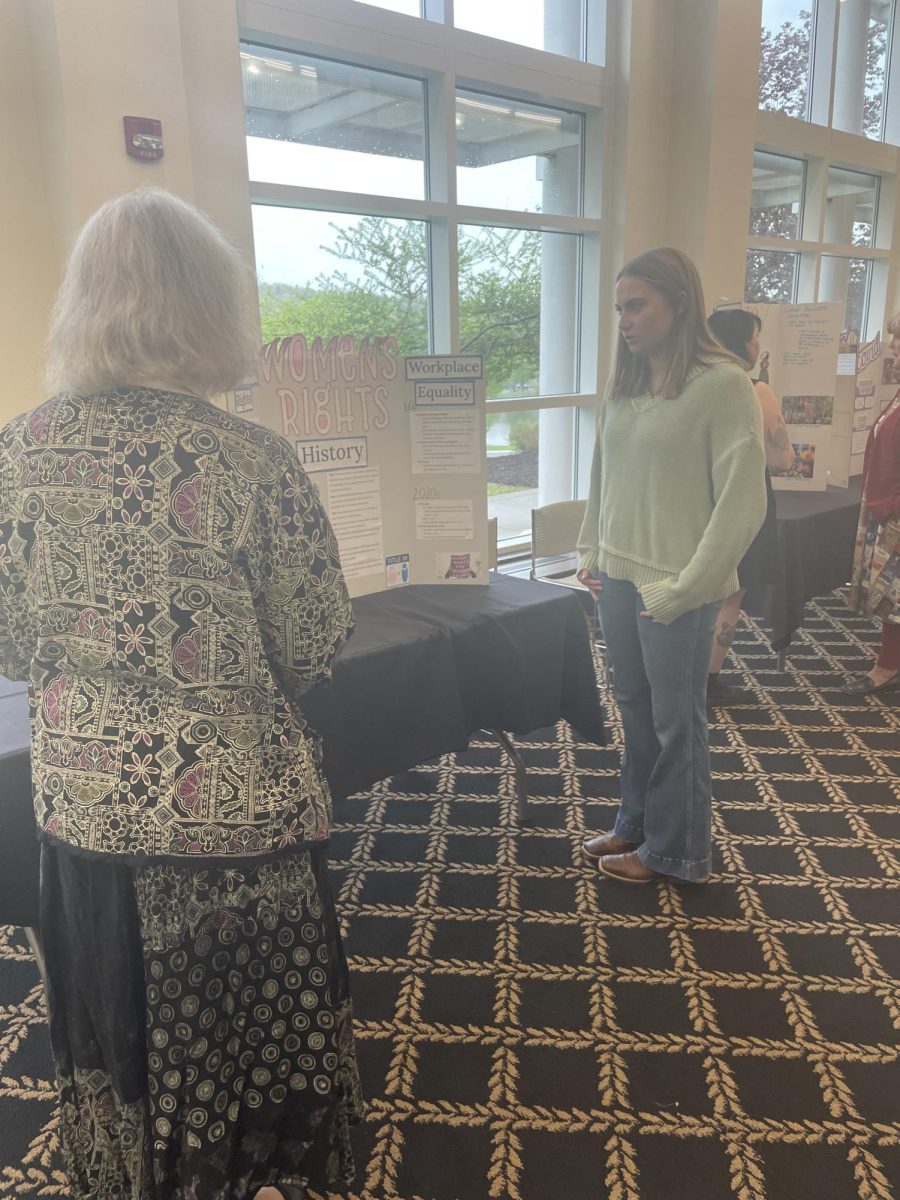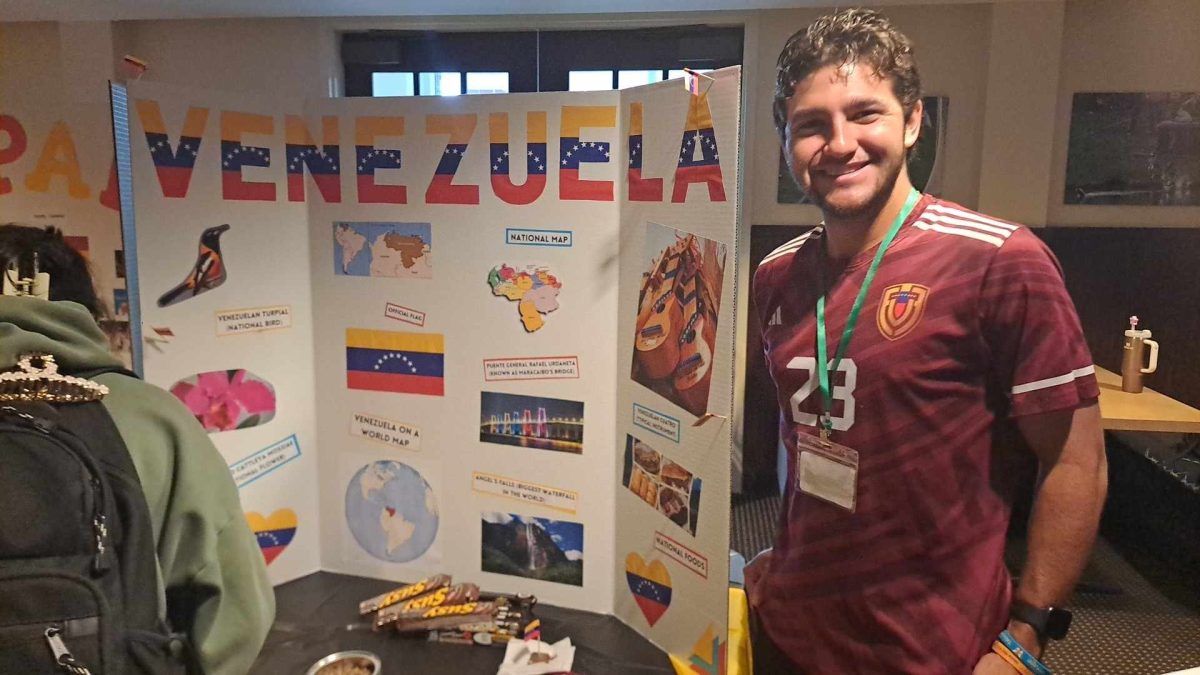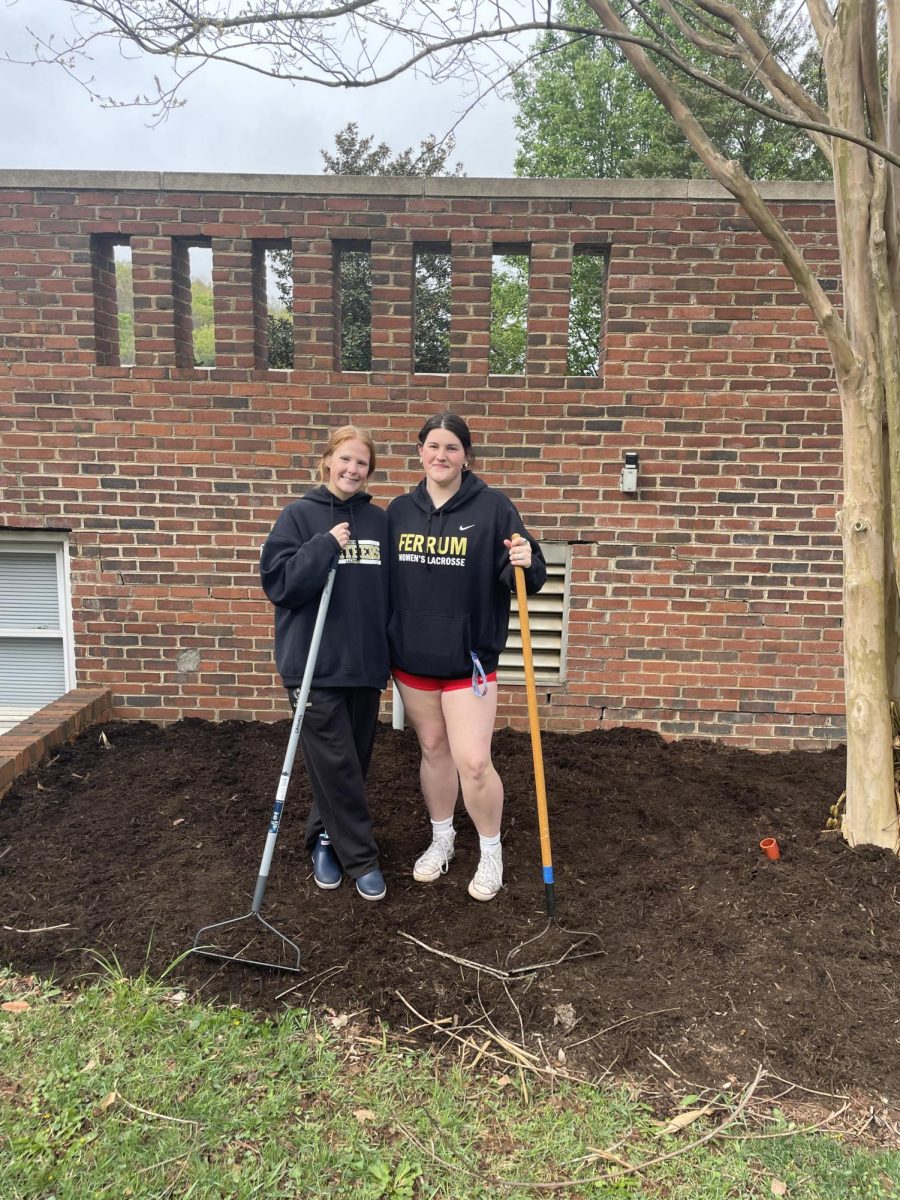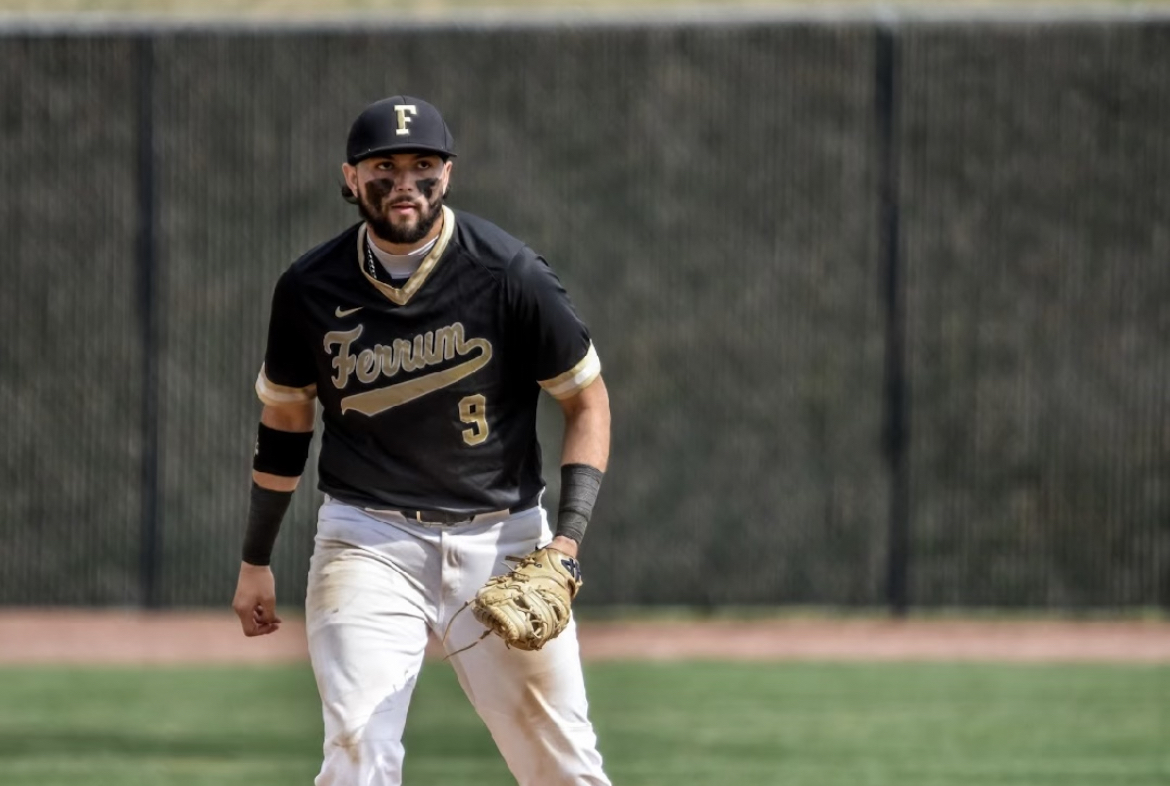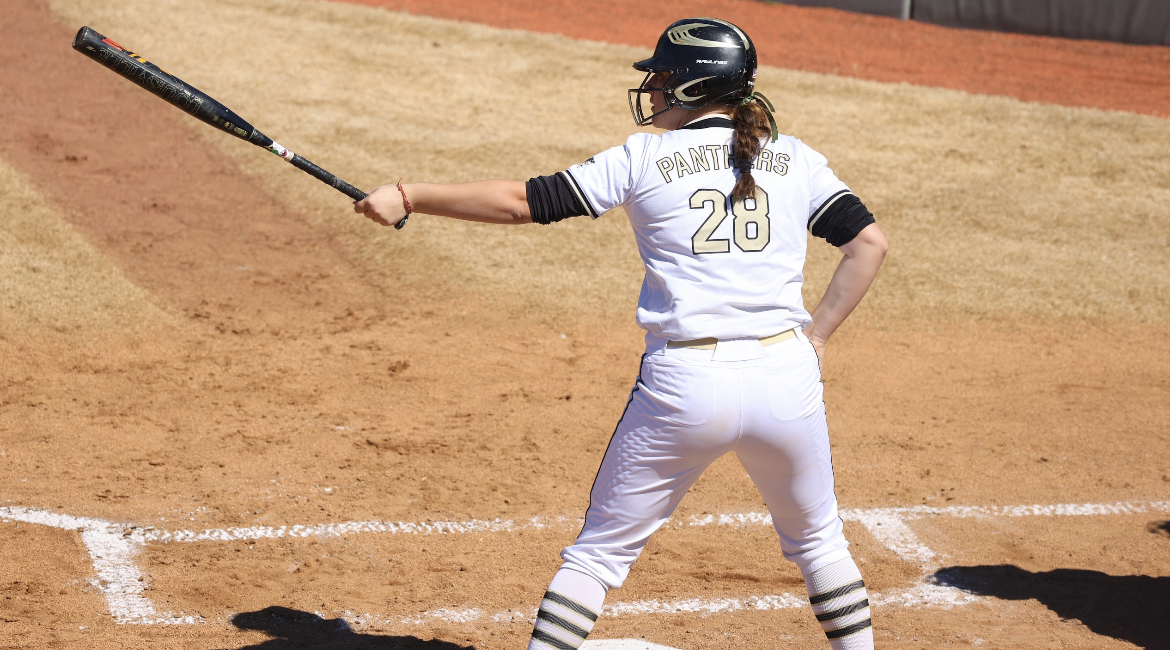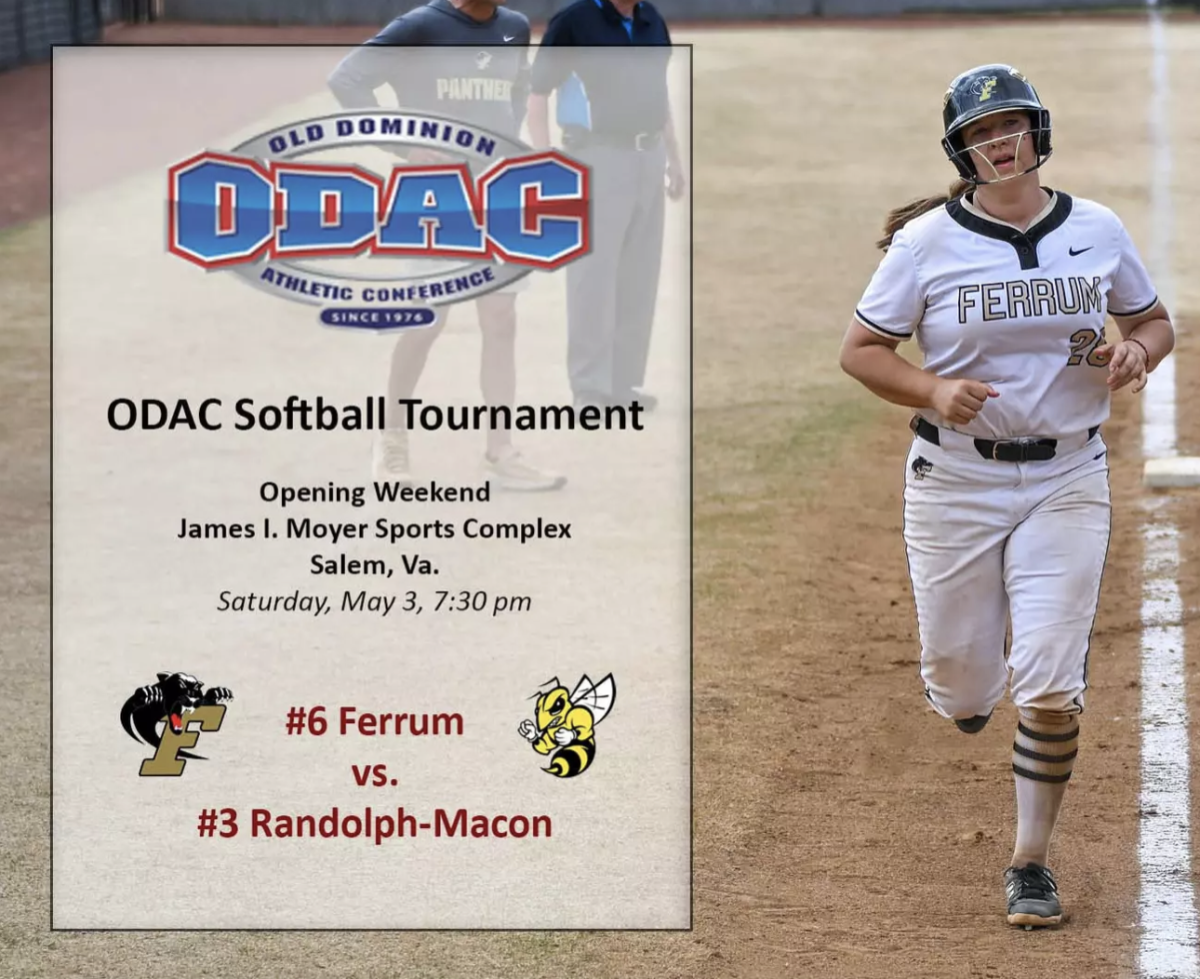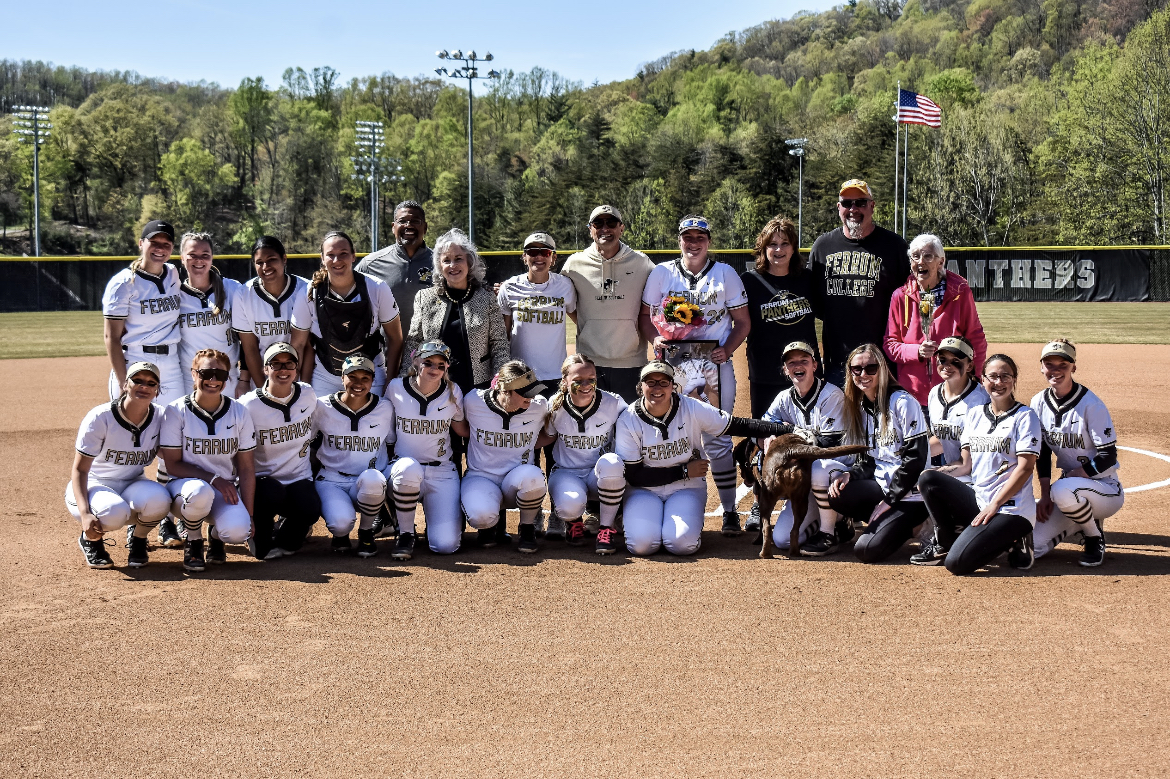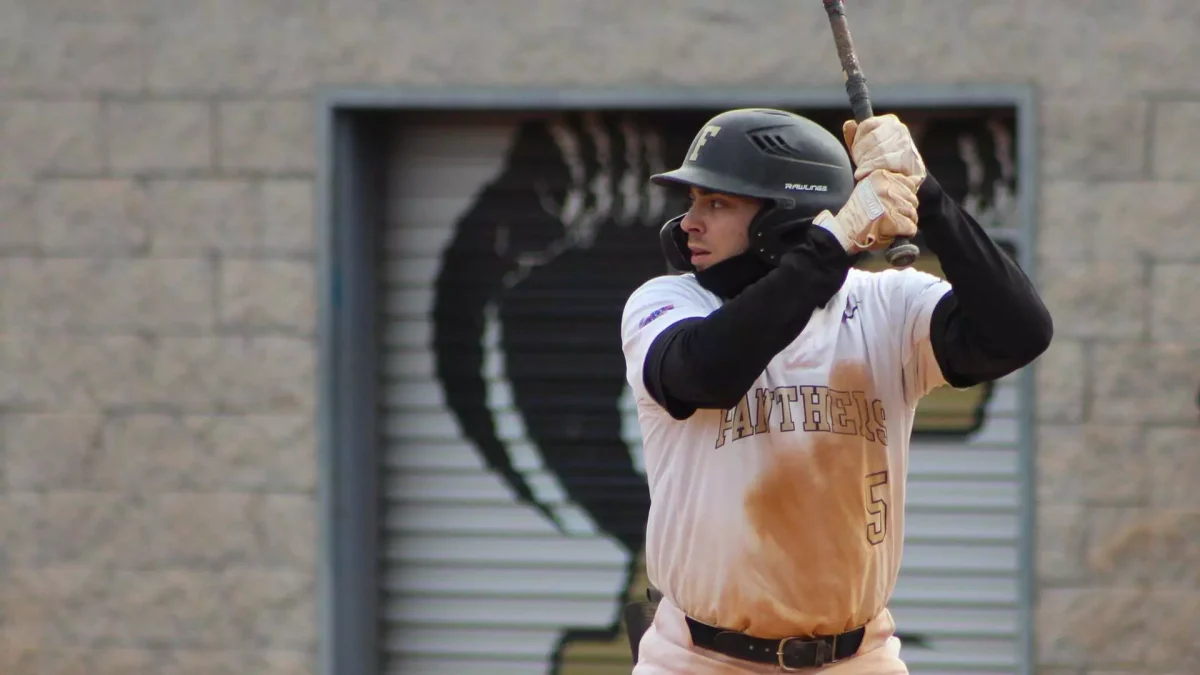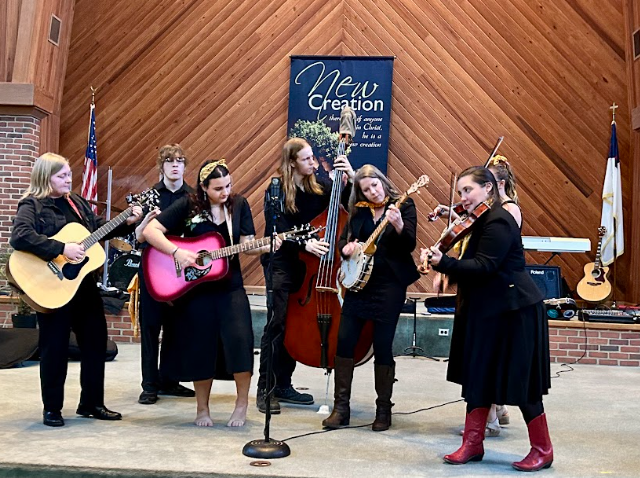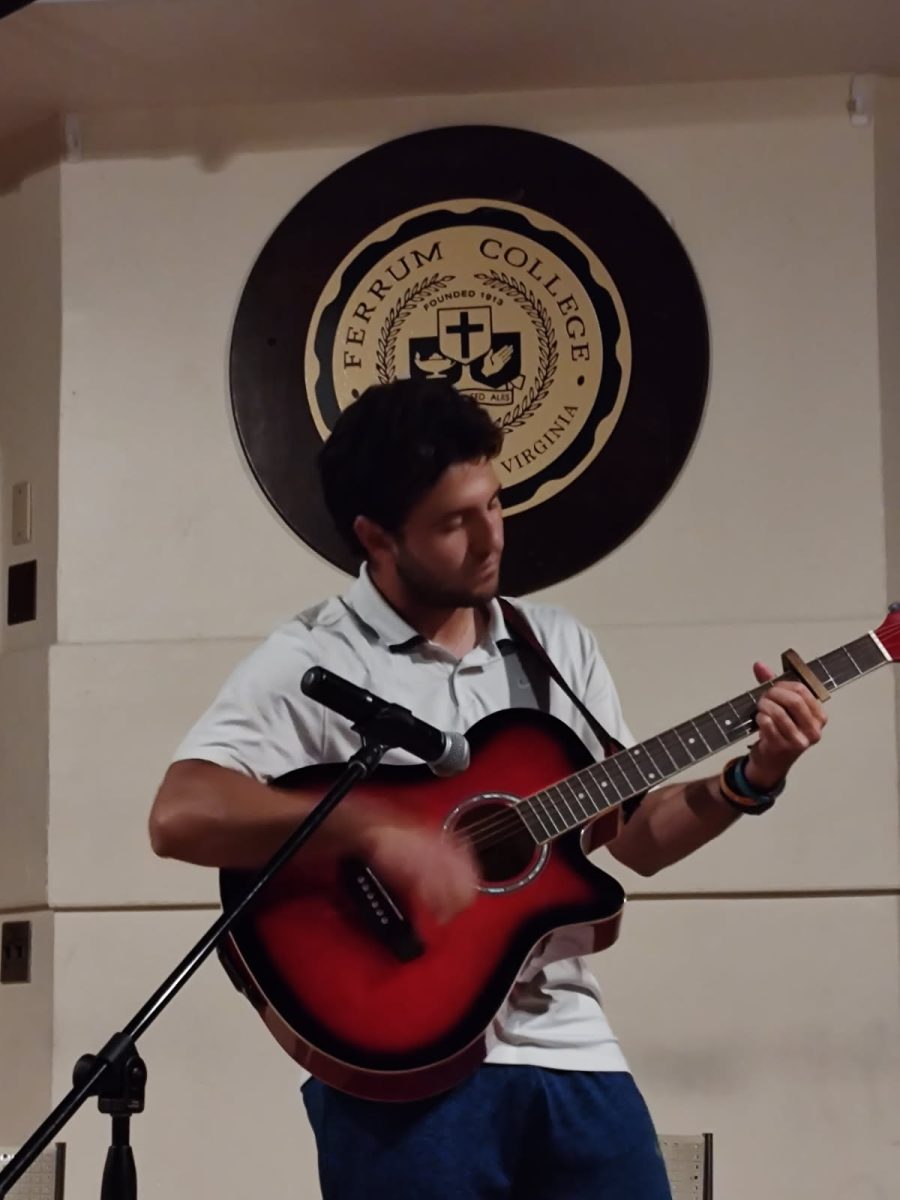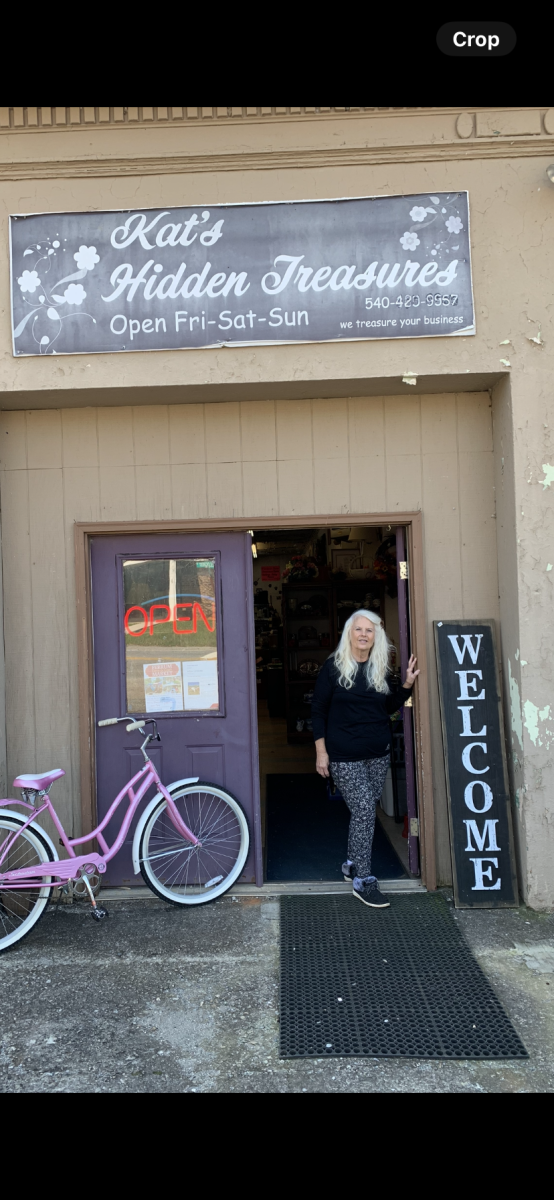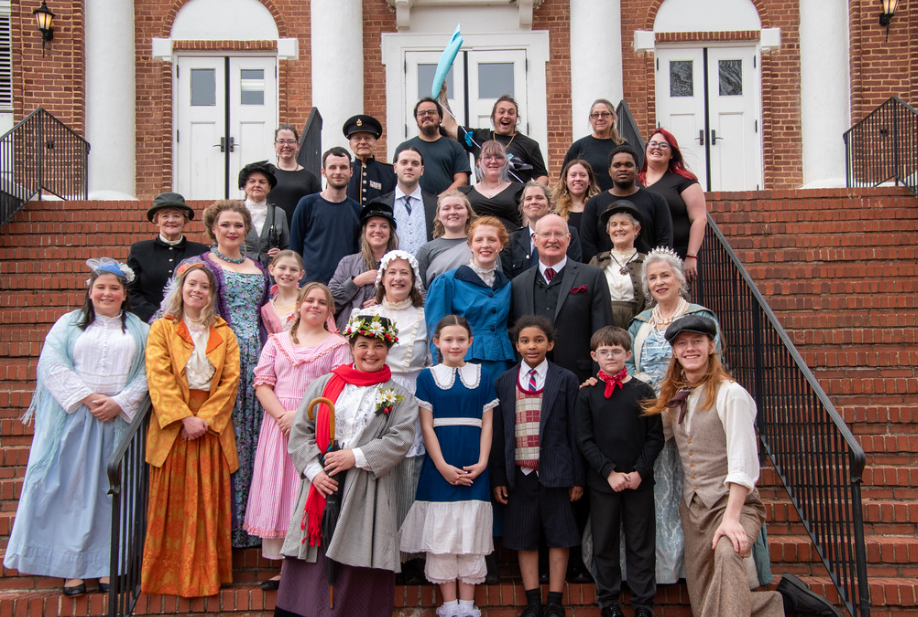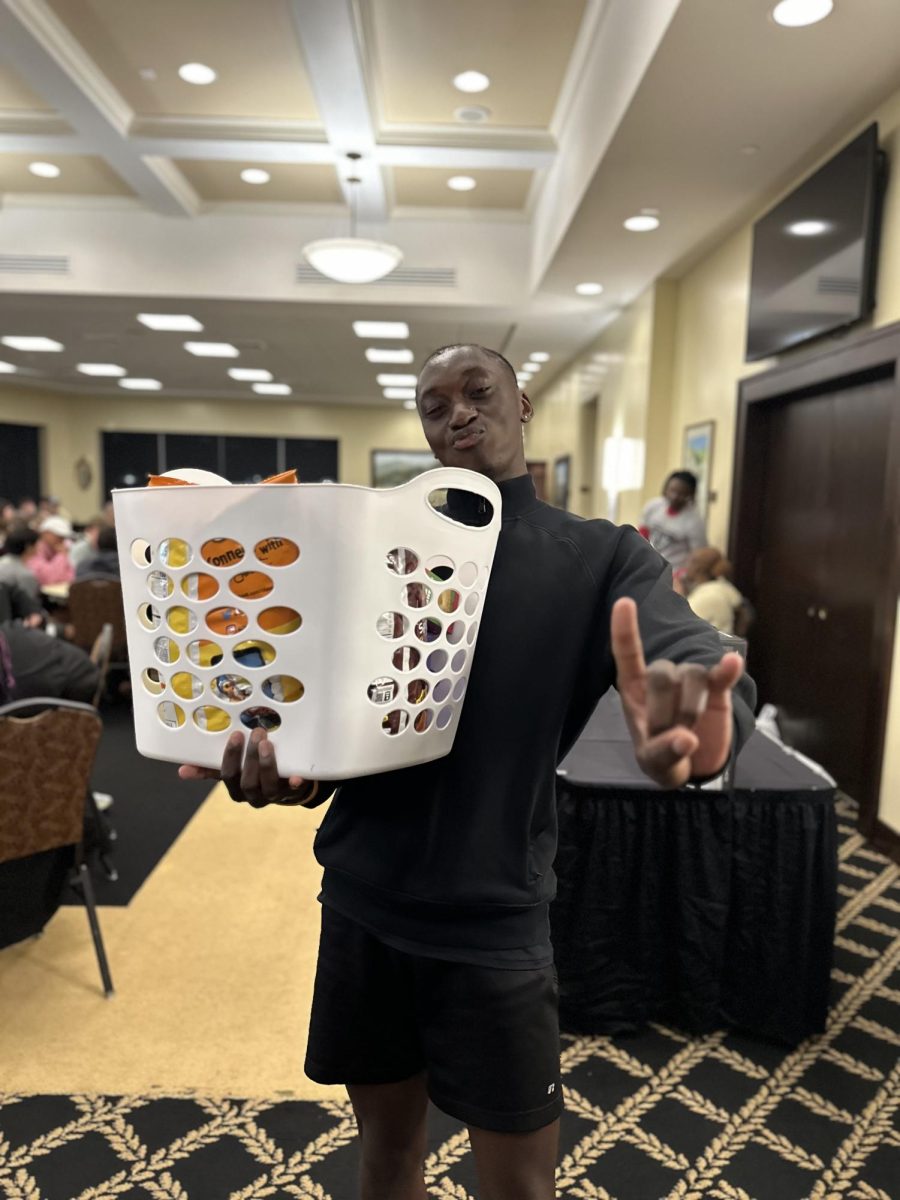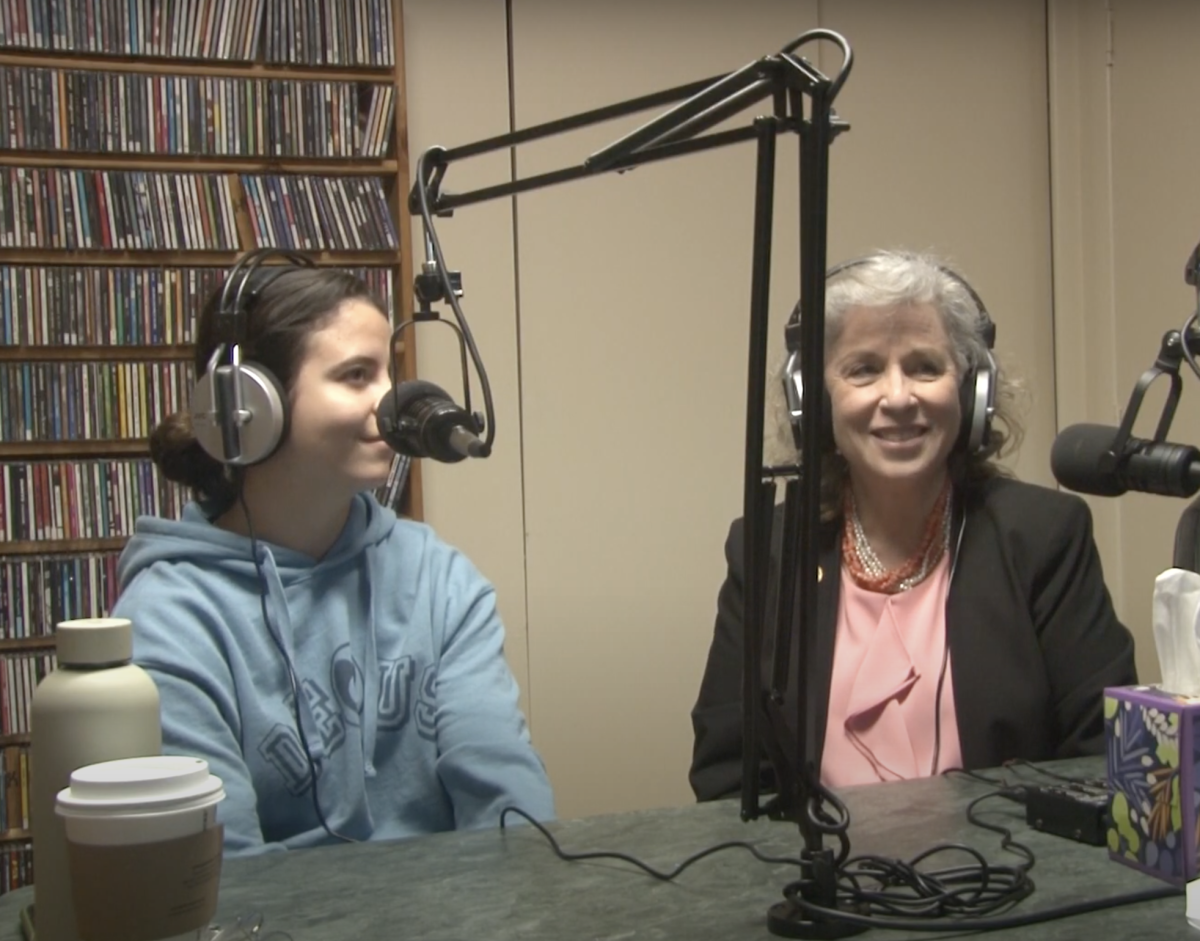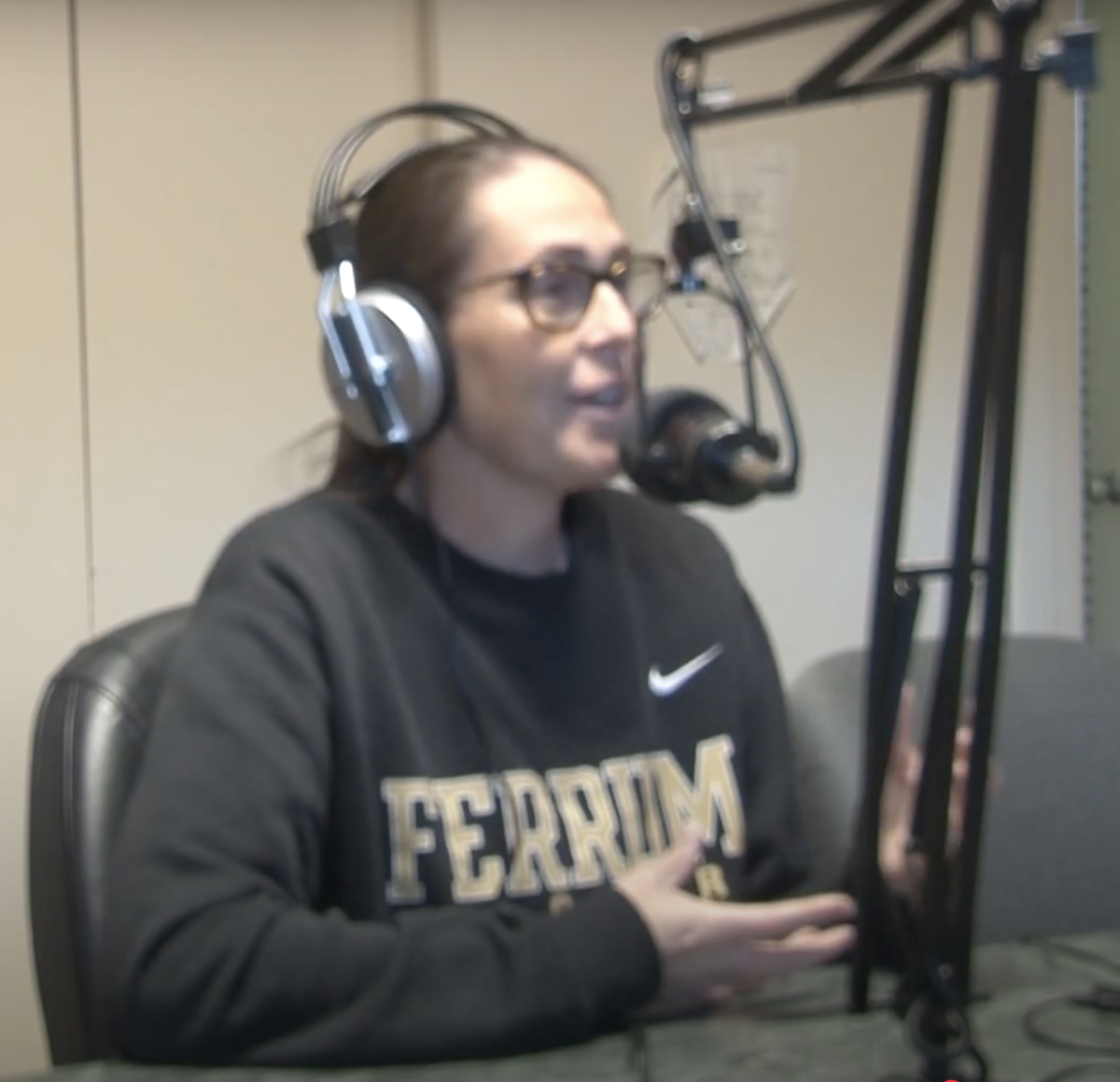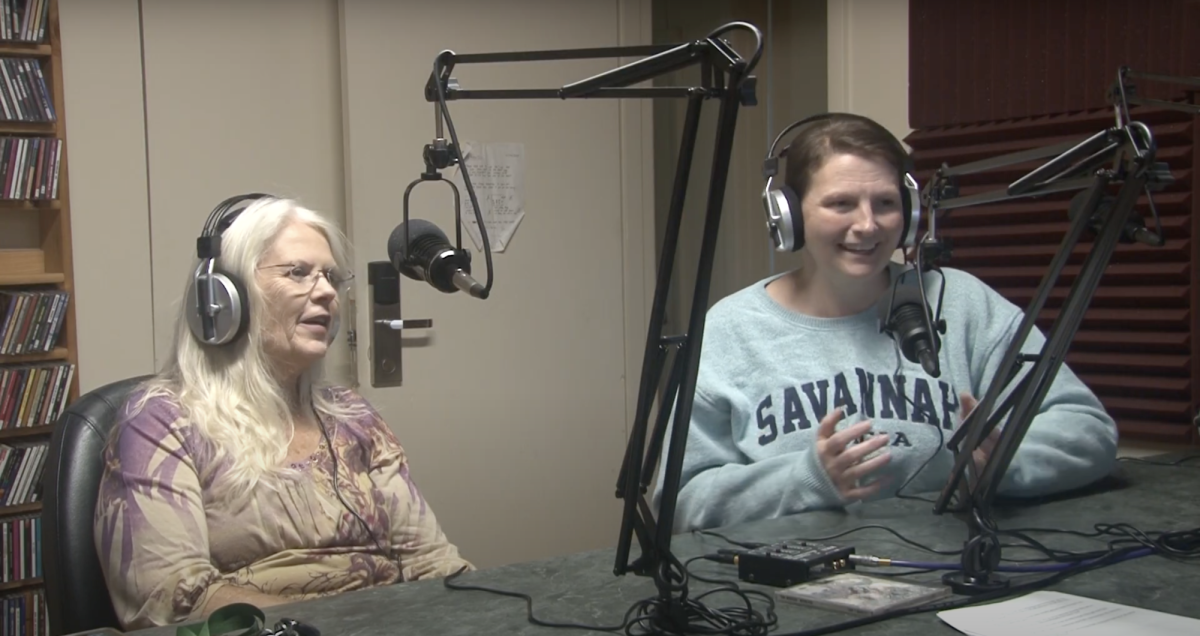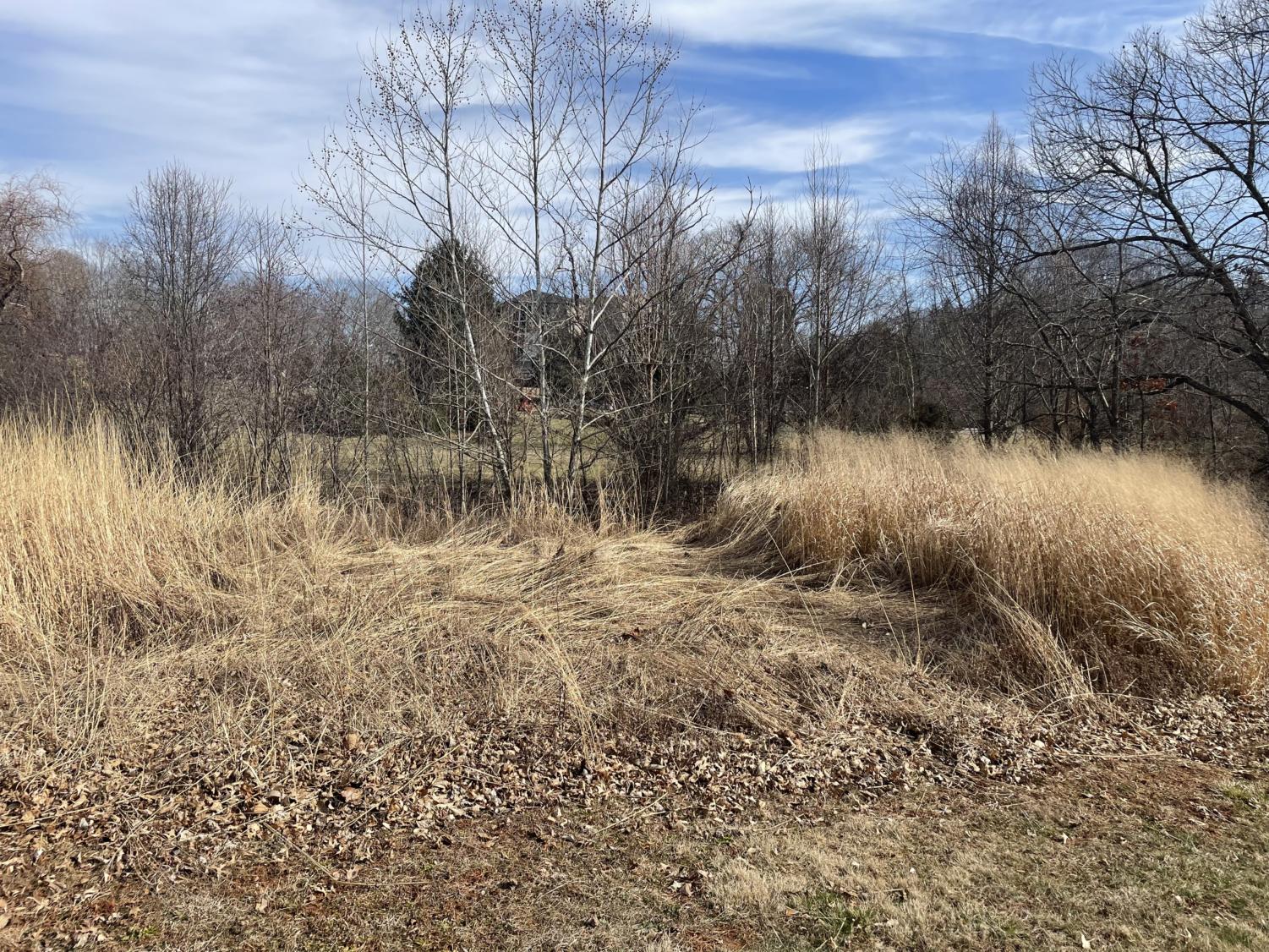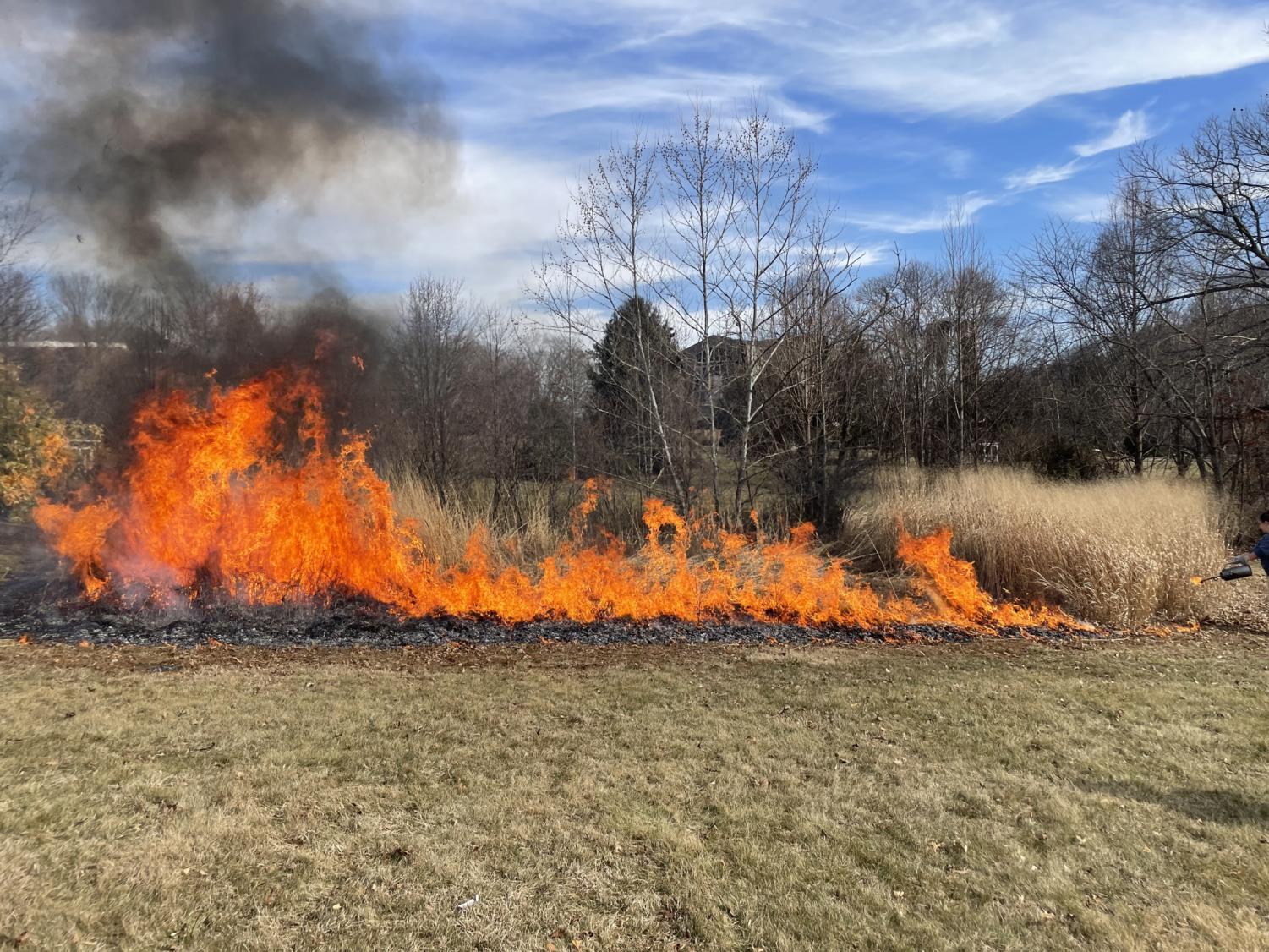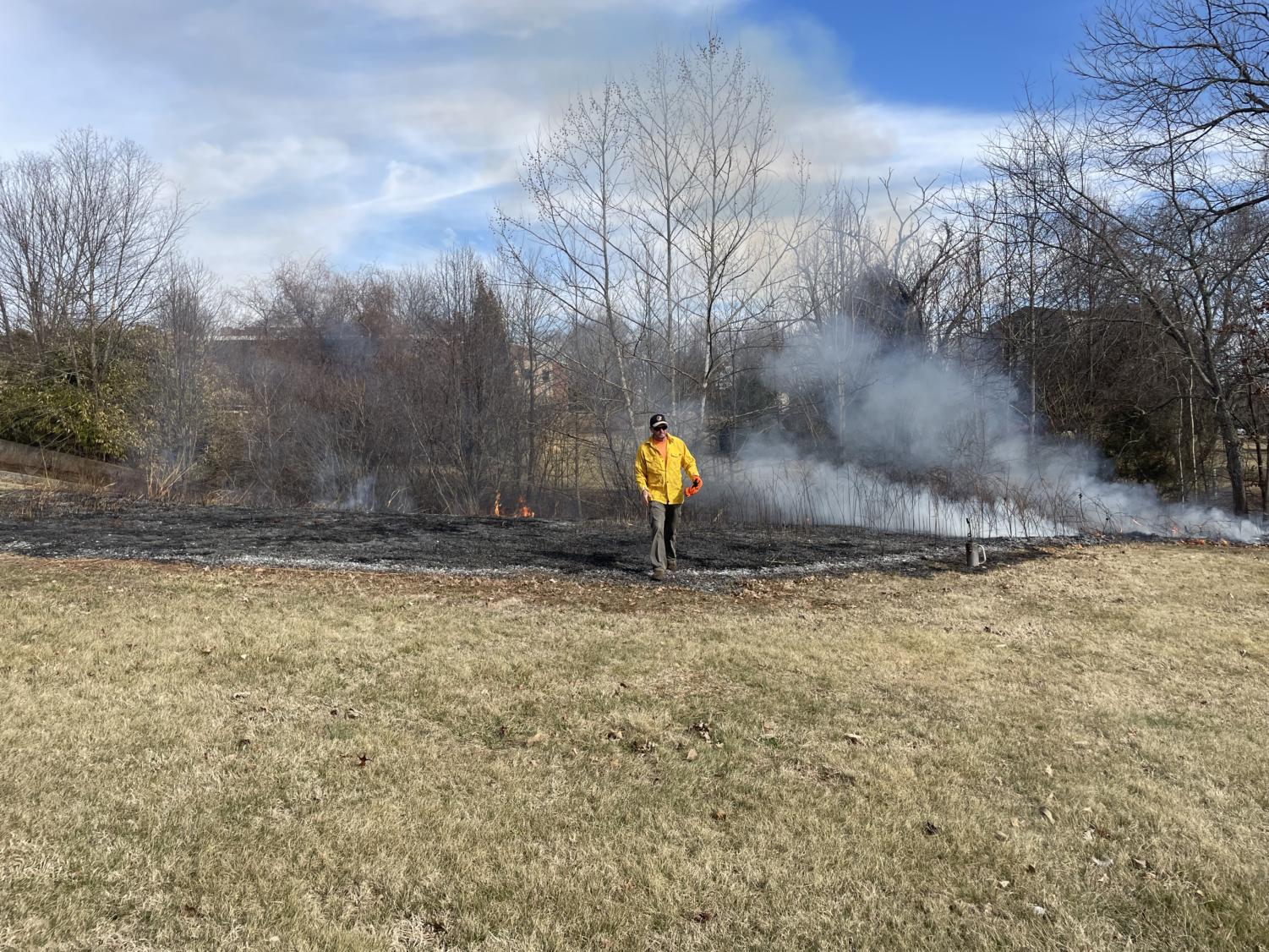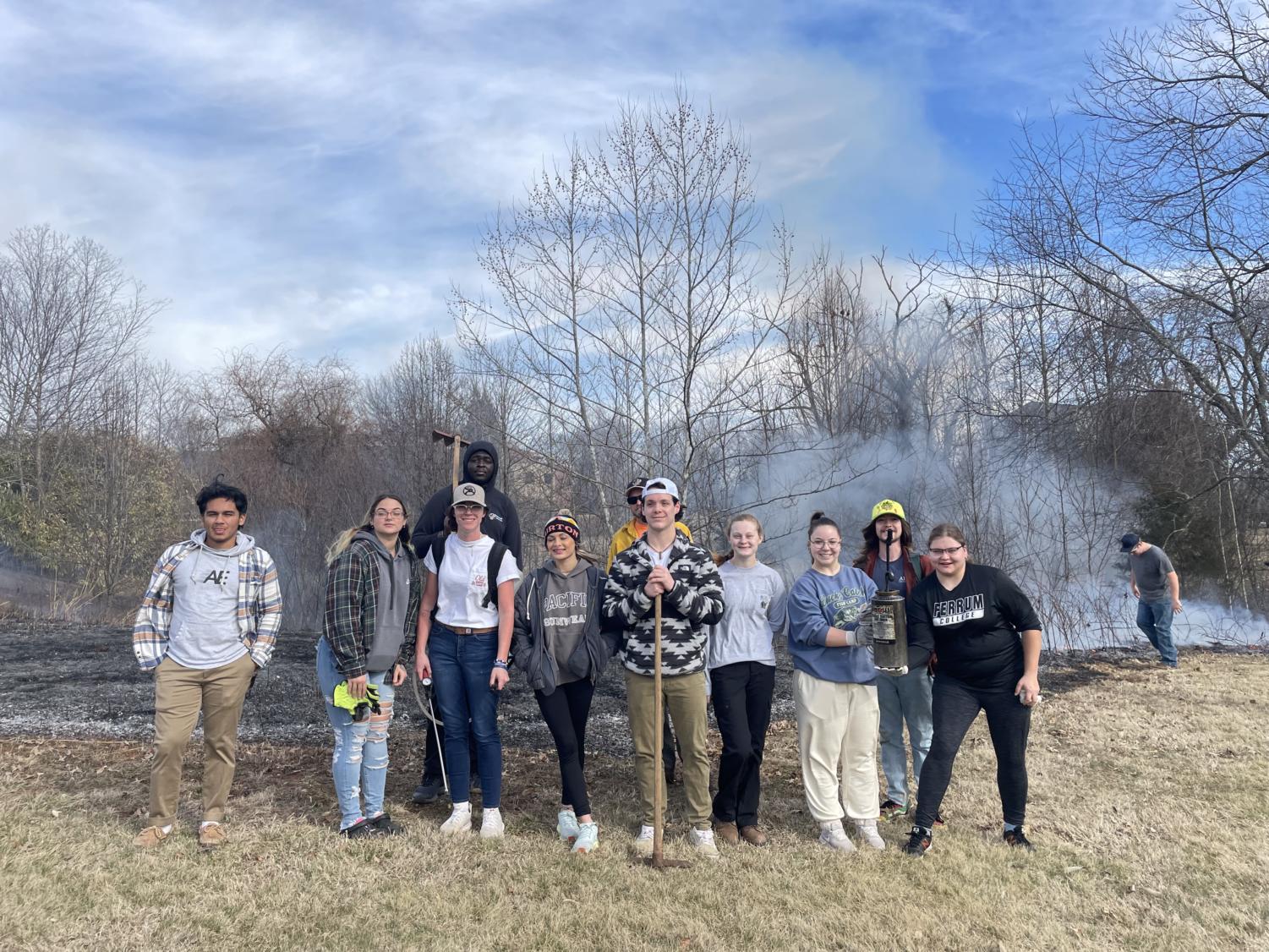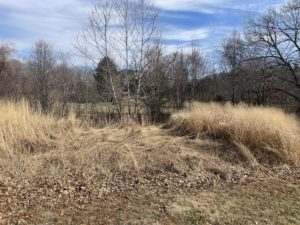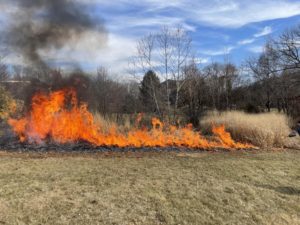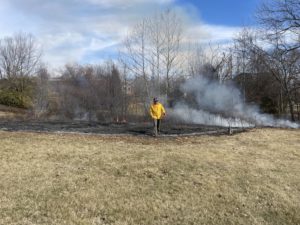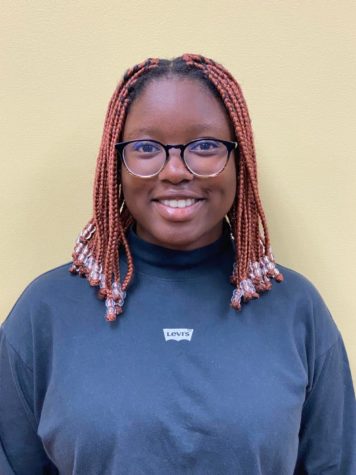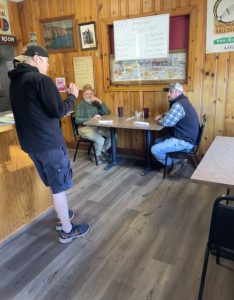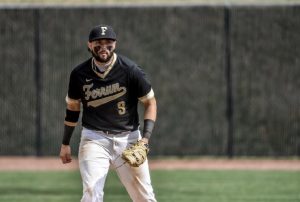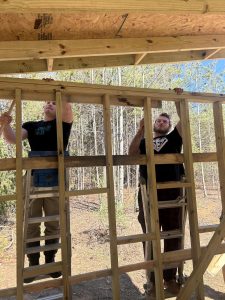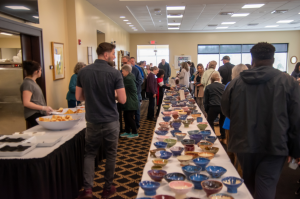Burn, Baby Burn!
Class sets controlled fire below Adams Pond
February 19, 2023
There is a lot that goes into keeping a fire controlled.
Controlled burning, also known as prescribed burning, involves setting planned fires to maintain the health of a forest or grassland.
These burns are scheduled for a time when the fire will not pose a threat to the public or to fire managers. Materials burned in a planned fire include dead grass, fallen tree branches, dead trees, and thick undergrowth.
Such was the case on campus Feb. 7 when Todd Fredrickson, Forestry and Wildlife professor, gave his Applied Environmental Monitoring class an opportunity to participate in a controlled burn below the spillway at Adams Pond.
“We have been burning annually in order to promote warm season grasses in this experimental plot,” Fredrickson said. “Warm season grasses (Indian grass, Switchgrass) are fire-adapted and mature in the late summer, as opposed to cool-season grasses (lawn grasses, such as fescue), which do most of their growth and maturity in the spring. Warm-season grasses grow in clumps, rather than mats, and allow more cover for small wildlife species (such as quail, rabbits, and small mammals).”
The class had a decent-sized patch of tall grass near the road ready to burn. Water was sprayed around the grass to create a fire break.
A fire break is a barrier to stop the fire from going further if it got out of control.
“It is important to have fire breaks, and those are roads, a river, a stream. We have Route 40,” Fredrickson said.
Before a controlled burn is lit, a plan is drawn up. The Ferrum Volunteer Fire Department was notified in case anyone tried to call in and report the blaze. Fredrickson and his class also referenced a detailed weather chart to see whether the day held the perfect condition for the fire.
He then set up a can filled with diesel fuel and showed his students how to begin the burn. Mother nature and chemistry took over from there.
Once the fire started, the flames grew to massive heights. It got increasingly hotter, but the flames died just as quickly is they started. Before long, the entire area had been scorched.
“It felt amazing to be apart of!” said Kate Barreda, senior. “It was very hot, but it was awesome to be able to be right up next to the flames! Overall, I thought it was really fun and a different kind of lab that we could actually conduct start to finish outside in a controlled environment.”
Fredrickson said the land burned was an experimental plot established by former professor Glen Stevens–now at the University of Idaho–many years ago.
“I have helped him maintain it since then and thought it was a good learning opportunity for the students,” Fredrickson said.
Rylee Smith, senior, summed up the experience rather succinctly.
“I had a fun time and got to set stuff on fire,” Smith said.



